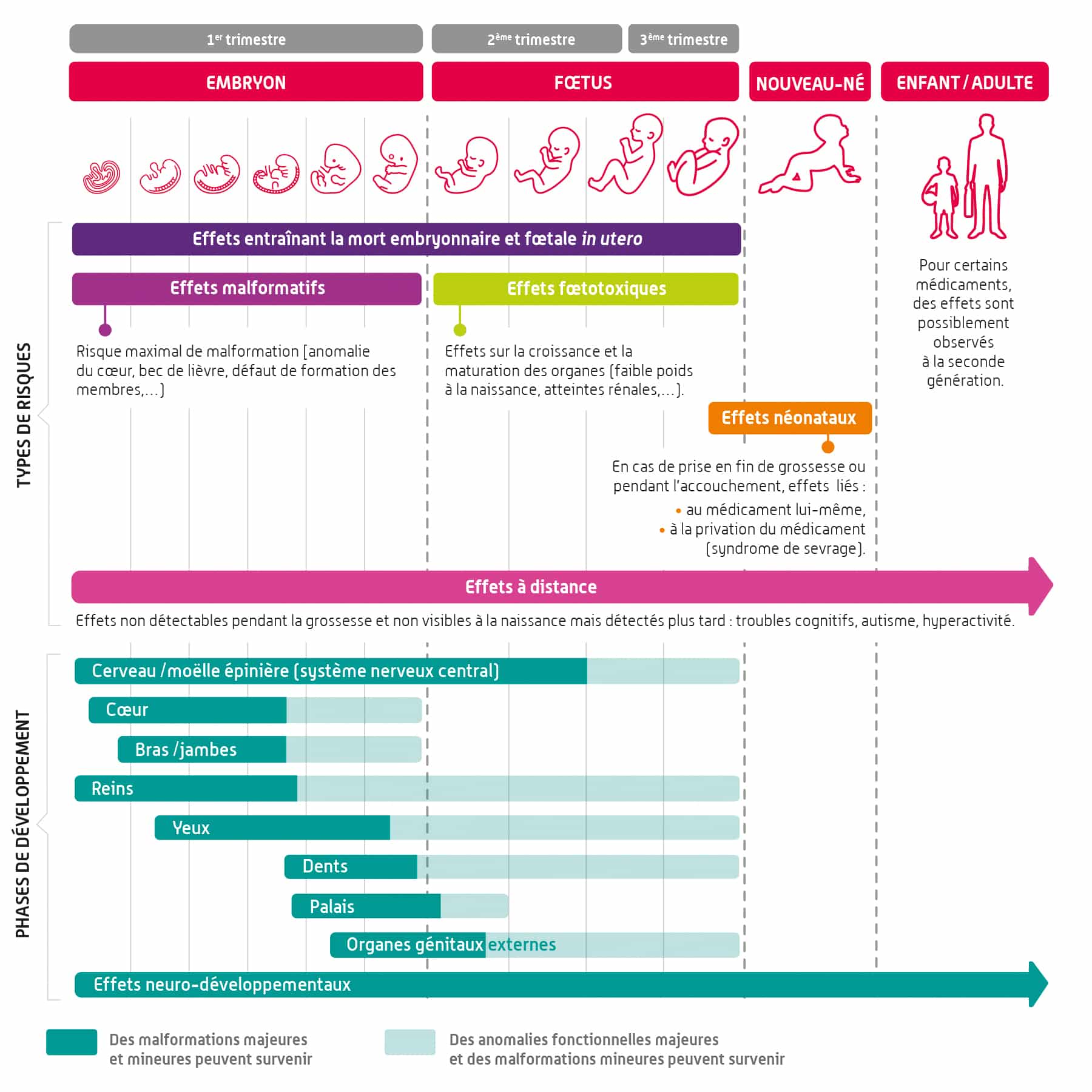Type 2 diabetes, a growing pathology in our modern society, often requires appropriate medical treatment to maintain glycemic balance. Among the therapeutic options, glimepiride stands out for its effectiveness and its mode of action based on the stimulation of insulin secretion by the pancreas. This medication, classified as a sulfonylurea, is prescribed when changes in diet and exercise prove insufficient. However, the use of glimepiride is not without risks. Its use may cause side effects notable, such as hypoglycemia, which require special attention when prescribing. Some contraindications should also be considered, especially kidney or liver diseases, where the metabolism of the drug may be affected. In-depth knowledge of the glimepiride is therefore essential to guarantee safe and effective use in the management of diabetes mellitus, thus raising awareness among patients and healthcare professionals of good practices relating to this treatment.

THE glimepiride is a molecule widely used in the treatment of type 2 diabetes mellitus. At the same time sulphonylurea and member of the class of sulfonylureas, it plays a crucial role in the management of this condition linked to the chronic elevation of the rate of glucose in the blood. This active substance is often prescribed when lifestyle and dietary measures including diet, exercise and weight loss are not sufficient to regulate sugar levels. In this article, we will take an in-depth look at the medical prescription associated with glimepiride, the potential side effects, as well as the contraindications to consider.
Medical Prescription of Glimepiride
There glimepiride is mainly used for the treatment of type 2 diabetes, which is characterized by an inability of the body to use insulin effectively. This medication is given when other measures, such as dietary changes or exercise, are insufficient. When prescribing, the doctor evaluates the patient’s medical history, current state of health, and the effectiveness of other interventions.
In general, the starting dosage of glimepiride is often 1 to 2 mg per day, but this can be adjusted according to individual needs and response to treatment. There dosage is usually increased gradually until reaching the optimal level, which can be up to 6 mg per day maximum. This medication is generally administered during meals to improve absorption and limit the risk of hypoglycemia.
THE drug interactions must also be carefully monitored. Some medications may reduce or increase the effect of glimepiride, changing its effectiveness. For example, medications that influence glucose metabolism should be used with caution. Regular medical monitoring is therefore essential to adjust therapy and avoid potential complications.
It is also recommended to consult the medication leaflet for more details. This provides a better understanding of how glimepiride fits into an overall treatment plan for type 2 diabetes.
Side Effects of Glimepiride
Like any medicine, glimepiride can cause side effects in some patients. THE side effects The most common include hypoglycemia, which manifests itself with symptoms such as dizziness, tremor, excessive sweating, and intense hunger. These symptoms may occur if the dose given is too high or if meals are missed or insufficient. In this case, it is important to know ways to quickly treat hypoglycemia, such as eating fast carbohydrates.
Besides hypoglycemia, other side effects Less common but possible include skin reactions, gastrointestinal disturbances such as nausea or vomiting, and liver disturbances. It is essential to report these adverse effects to the healthcare professional so that he or she can assess the relevance of continuing treatment or adjusting the dose.
Therefore, the management of these side effects must be integrated into the monitoring of glimepiride treatment. Regular consultations help to identify any medication-associated complications early, ensuring good disease control while minimizing potential risks.
Contraindications to Glimepiride
It is essential to identify the contraindications to glimepiride before starting treatment. This medicine should not be given to patients who suffer from type 1 diabetes, because their condition requires insulin treatment. Furthermore, known hypersensitivity to glimepiride or any other component of the formula is an absolute contraindication.
People with certain severe liver or kidney conditions should also avoid the use of glimepiride, as they may have difficulty eliminating the medication, increasing the risk of side effects. The same goes for patients with hypoglycemia progressive or recent without treatment. A history of diabetic ketoacidosis is also a reason for non-prescription.
Careful monitoring of patients during their treatment is essential. Any change in health or the appearance of new symptoms should be discussed with a healthcare professional to adapt therapy, if necessary. For detailed information on the contraindications and other precautions, it is advisable to refer to the medication leaflet.
In summary, glimepiride represents an effective therapeutic option for the treatment of type 2 diabetes, but its use must be carefully supervised by a healthcare professional. A thorough knowledge of side effects and contraindications contributes to a better therapeutic outcome and improved quality of life for affected patients.

Glimepiride FAQs
What is the role of Glimepiride in the treatment of diabetes? Glimepiride is a medicine used to treat type 2 diabetes mellitus, specifically when diet changes, exercise, and weight loss are not enough to control blood sugar levels.
What are the potential side effects of Glimepiride? Side effects may include hypoglycemia, which manifest by symptoms such as tremors, sweating, palpitations, or even a feeling of intense hunger.
Can Glimepiride interact with other medications? Yes, Glimepiride may interact with certain medications, which may decrease its effectiveness and increase the risk ofhyperglycemia.
Who should not take Glimepiride? People with a history ofsevere hypoglycemia, those with severe liver or kidney impairment, as well as those with allergies to sulfa drugs, should avoid this medication.
How should Glimepiride be taken? The dosage of Glimepiride should be determined by a doctor, based on the patient’s individual needs, and is usually administered once daily with a meal.
Is Glimepiride indicated for patients with other medical conditions? It is essential to discuss your medical history with a doctor, especially if you have heart, liver or kidney diseases, before starting treatment with Glimepiride.












